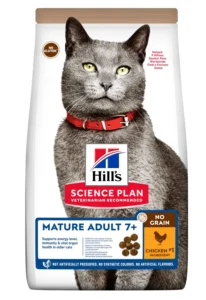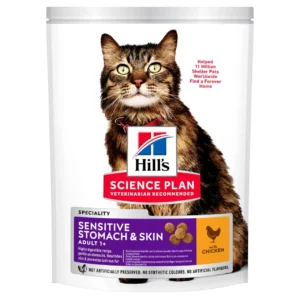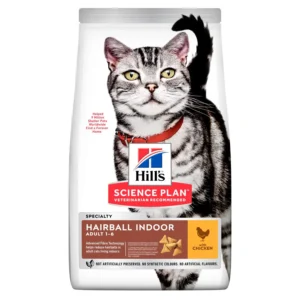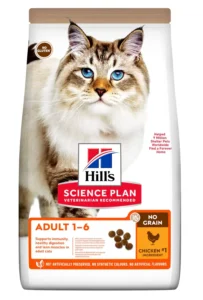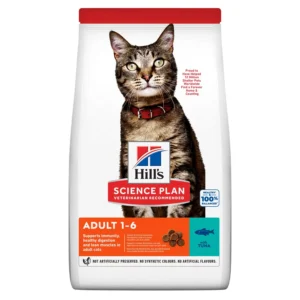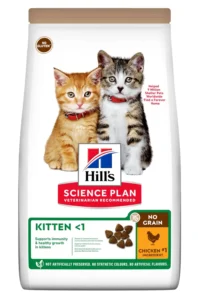Science Plan - Adult Sterilized Duck
Product Summary
Hill’s Science Plan Adult Sterilized Duck is a premium dry food designed explicitly for sterilized adult cats up to 6 years old.
With a unique Weight Management Formula, it supports lean muscle maintenance and overall vitality, incorporating added L-carnitine to promote an active lifestyle.
Controlled mineral levels ensure urinary health, while high-quality duck meal (4%) and poultry meal (16%) provide digestible animal proteins for muscle development.
This recipe, low in fat and high in L-lysine, aids in energy metabolism and supports the vitality of sterilized cats.
Formulated with easy-to-digest ingredients, it’s tailored to the needs of sterilized cats, ensuring optimal health and weight management.
Pros:
- Weight Management: Contains added L-carnitine to help sterilized cats maintain a healthy weight and stay active.
- Urinary Health: Controlled mineral levels prevent the formation of urinary crystals, supporting urinary tract health.
- High Digestibility: Utilizes high-quality, digestible proteins from poultry and duck meal for efficient nutrient absorption.
- Vitality Support: Fortified with L-lysine to maintain energy levels and vitality in sterilized cats.
- Skin and Coat Health: Fish oil is a source of Omega-3 fatty acids that are beneficial for a healthy coat and skin.
Cons:
- Low Duck Content: Duck meal constitutes only 4% of the composition, which may not satisfy cat owners seeking higher duck inclusion.
- Contains Maize: Using maize and maize gluten meal may not be ideal for cats sensitive to grains or corn derivatives.
- Fat Content: While reduced for weight management, the low fat (relative to some other formulas) might not suit cats with higher energy requirements.
- Limited Protein Sources: Reliance on poultry and duck may not cater to cats with sensitivities to these protein types.
Ingredients
Vitamins and Additives
Comments
Not recommended for:
Kittens < 6 months and pregnant or nursing cats. During pregnancy or nursing, cats should be switched to HILL'S SCIENCE PLAN Kitten wet or dry cat food.
Guaranteed Analysis
Comments
Not recommended for:
Kittens < 6 months and pregnant or nursing cats. During pregnancy or nursing, cats should be switched to HILL'S SCIENCE PLAN Kitten wet or dry cat food.




